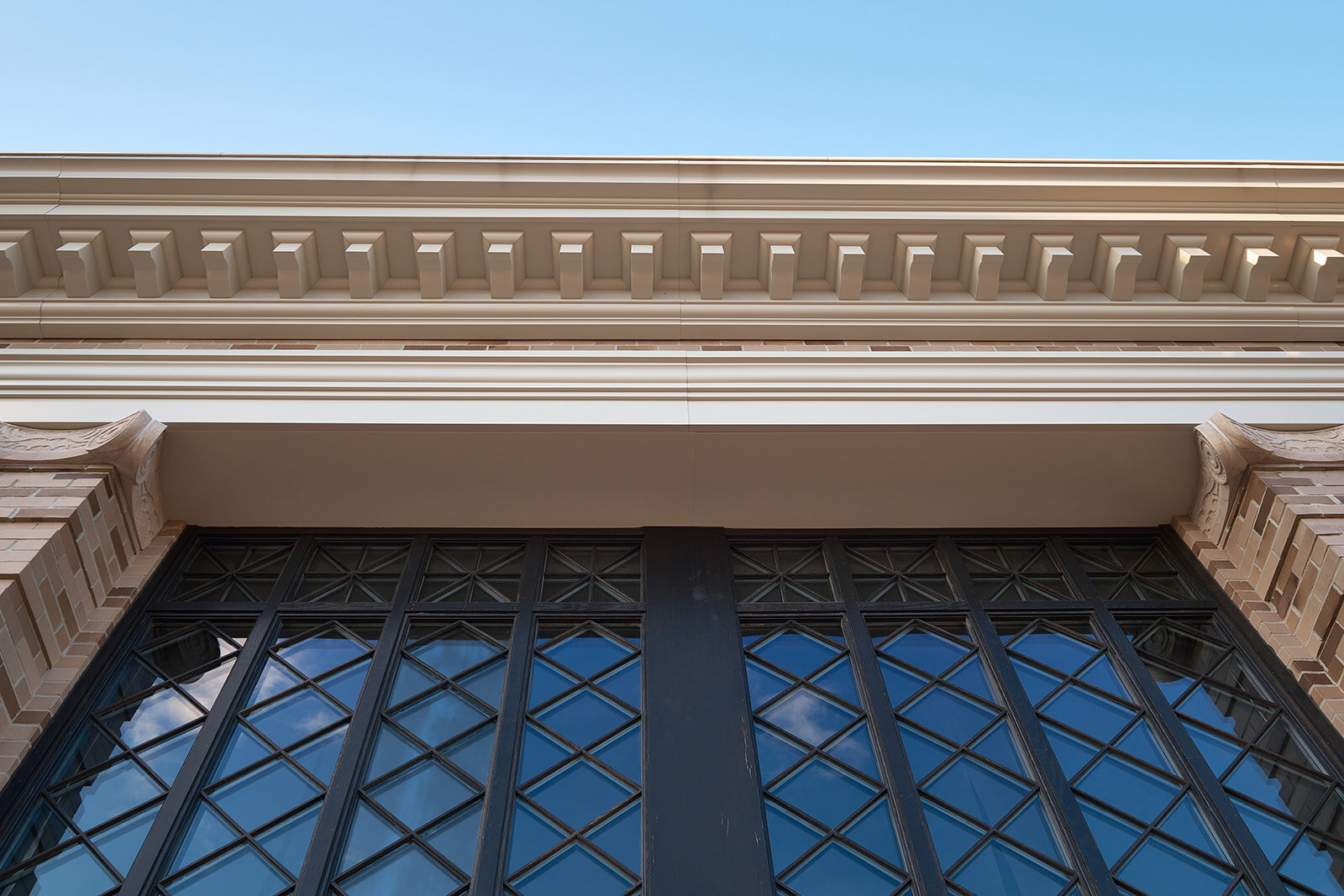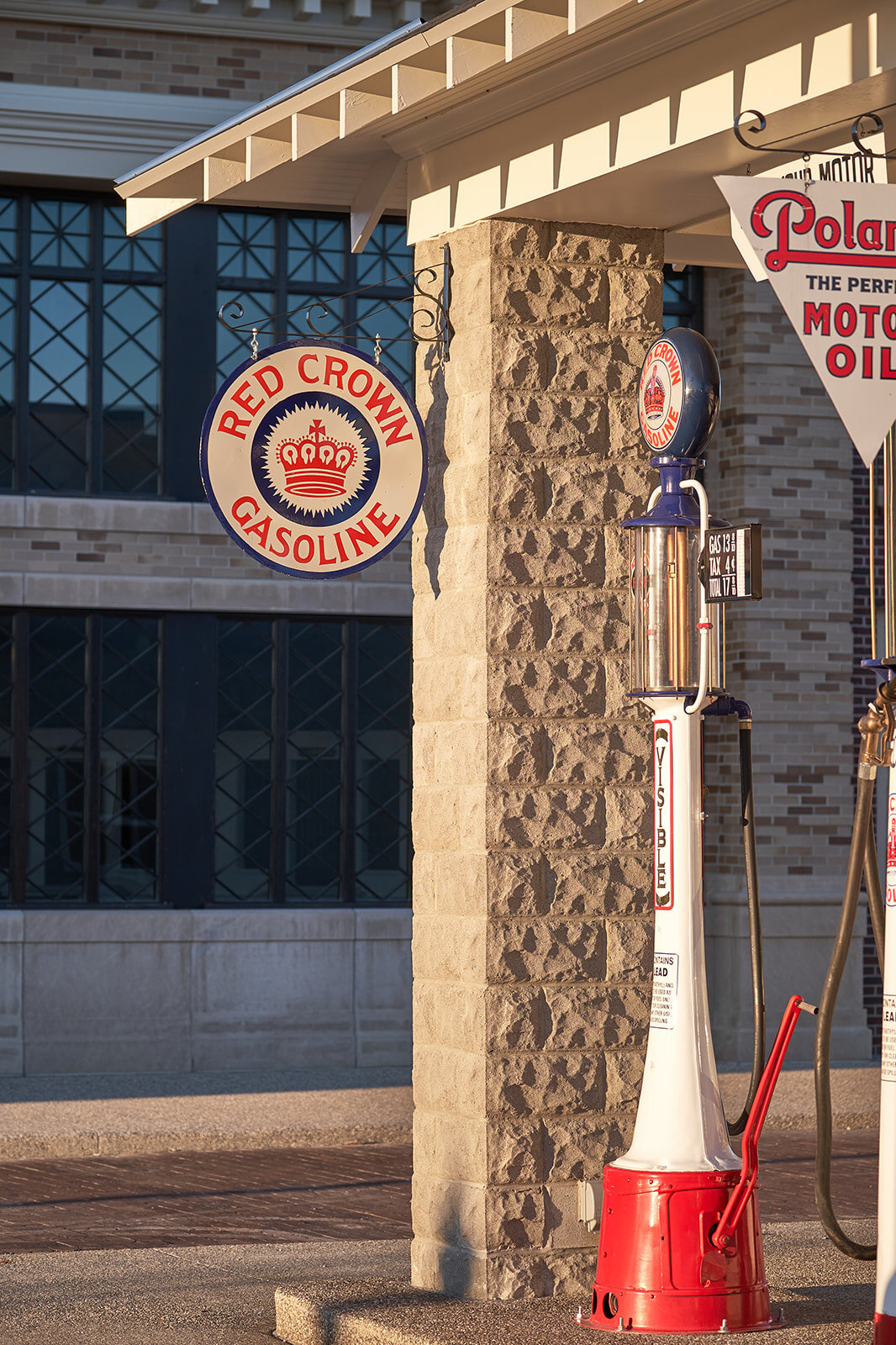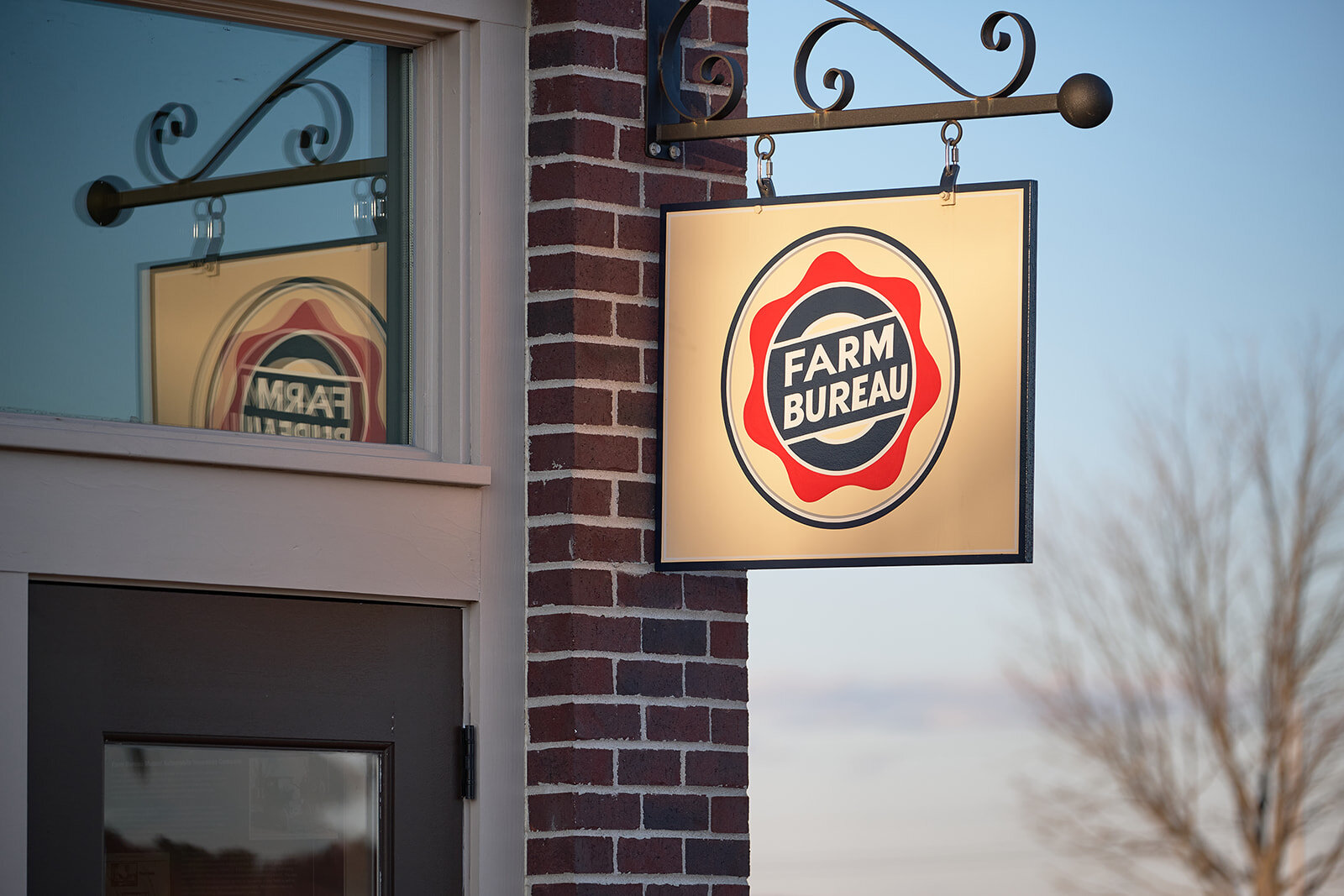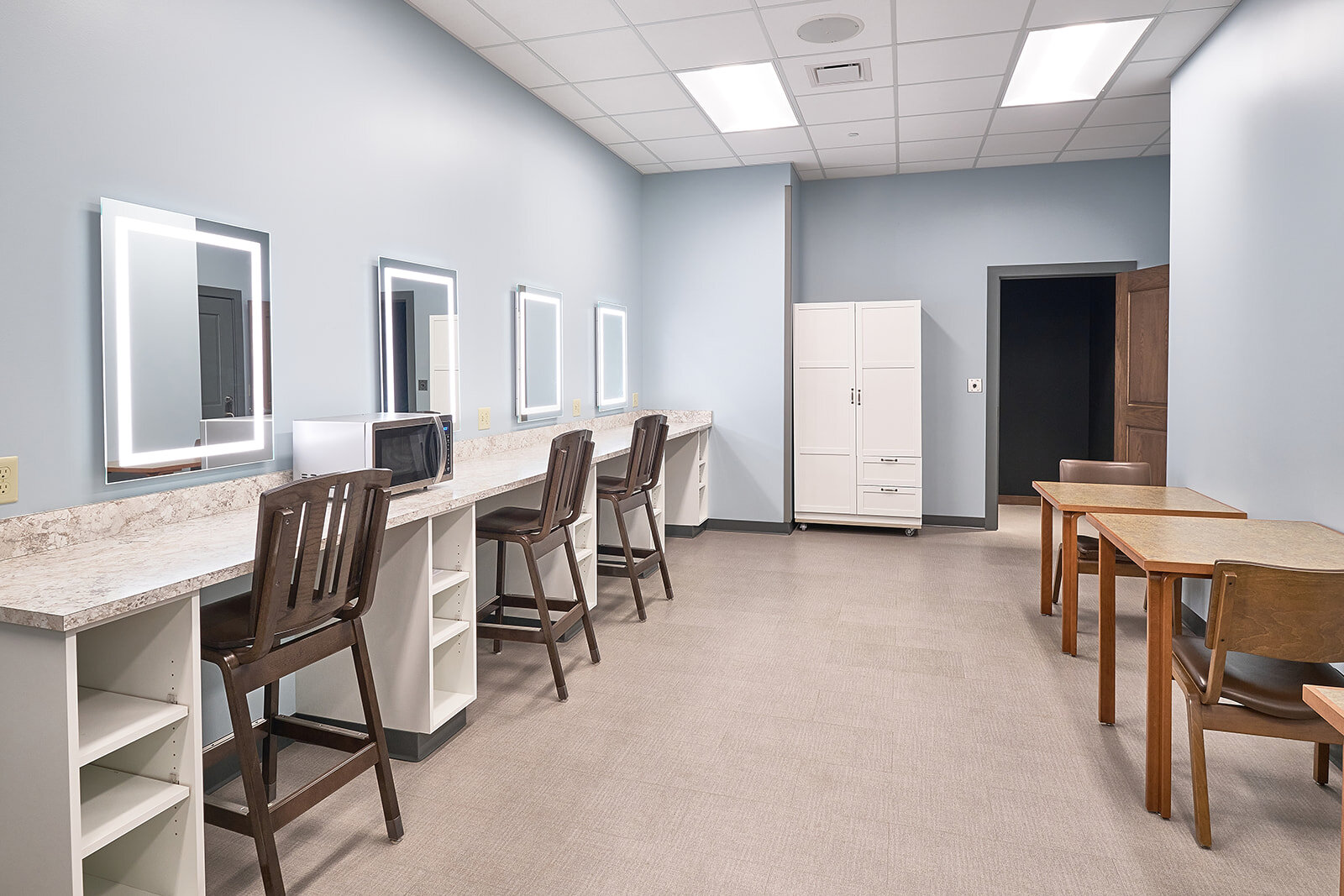Sauder Village 1920s Main Street
Type of Construction
General Contracting
The 1920 Main Street project is the crowning jewel and last phase of the Master Plan to complete a historic timeline experience at Sauder Village. Founded in 1972 by Erie Sauder, Sauder Village is living-history museum representing the way individuals lived in the Midwest throughout time. The goal of the 1920’s Main Street project was to recreate a working and growing town in Northwest Ohio set in the roaring 20’s. The intent of the design was to create authentic spaces modeled after real historic stores from the area including a soda fountain, grocery store, hardware store, auto dealership, gas station, theater, pharmacy, dry good store, jewelry store, insurance agent, bank, and the mysterious and secretive speakeasy established during this prohibition era. In addition to architecturally designing each space to be time authentic to the 1920’s, it was imperative that the material selection for each individual space matched what would have been used in the 1920’s. These materials were at all “points of intimacy” (areas people can touch). For instance, the windows were designed exactly how they would have been in the 1920’s (while meeting todays energy codes). Items such as carpet, paint colors, and tile were all chosen using pictures from 1920’s interiors. While some spaces like Schuck Jewelry were designed based off historical references from nearby Northwest Ohio towns, others were inspired by pieces of historic furniture that were donated. One can see an example of this if they venture into the speakeasy, where the bar front and the center portion of the back bar display were historic pieces salvaged from 1920’s era bars, refinished, and repurposed within the 1920’s Main Street Museum. These pieces of furniture not only inspired the design for the rest of the space, but for the adjoining furniture and casework which was built to match and be time authentic to the roaring 20’s.
Even though the buildings were designed to be authentic to the 1920’s, it was also important to supply modern amenities to support today’s needs. This was achieved by hiding these modern amenities through various creative ways to maintain the historic appearance. Additionally, spaces were designed to be flexible to provide for the modern programmatic needs of the village. The theater was designed to have hidden operable walls that when opened could be used as a large banquet space encompassing the theater, speakeasy, buffet and extra banquet spaces. During museum hours, these walls can remain closed providing the maximum historic experience desired. Since the 1920’s main street is a portion of the larger Sauder Village, the buildings would be seen from all four sides. To help anchor the buildings and supply the experience of being immersed in the roaring 20’s, the buildings were scaled down and all four sides were designed to be 1920’s authentic. Design tactics such as the addition of fake doors and storefronts were used to give the appearance of a more populated main street. Additionally, this provided the design team more opportunities to implement historic elements like hardware, signage, and other historic exterior details. To provide the appearance that there were basements to these buildings, as many historic “downtown” buildings of the 1920’s had, areas of brick work were made to look like they were infilled windows at the ground level.
The Main Street features brick streets and alleys, aged concrete sidewalks, historic period street lighting, as well as a train depot plaza and gazebo/bandstand. Buildings and exhibits were relocated from within the Historic Village or built new to replicate the architecture of that period. Buildings were woven into the site to preserve existing trees, engage the existing horse pastures, as well as re-work the train and railroad routing through the exhibit area with the incorporation of the historic Elmira Train Depot.
Guests are truly immersed in the history and culture within this newest addition to the Historic Village, providing a new and unique opportunity to tell the story of the Roaring 20’s.


























